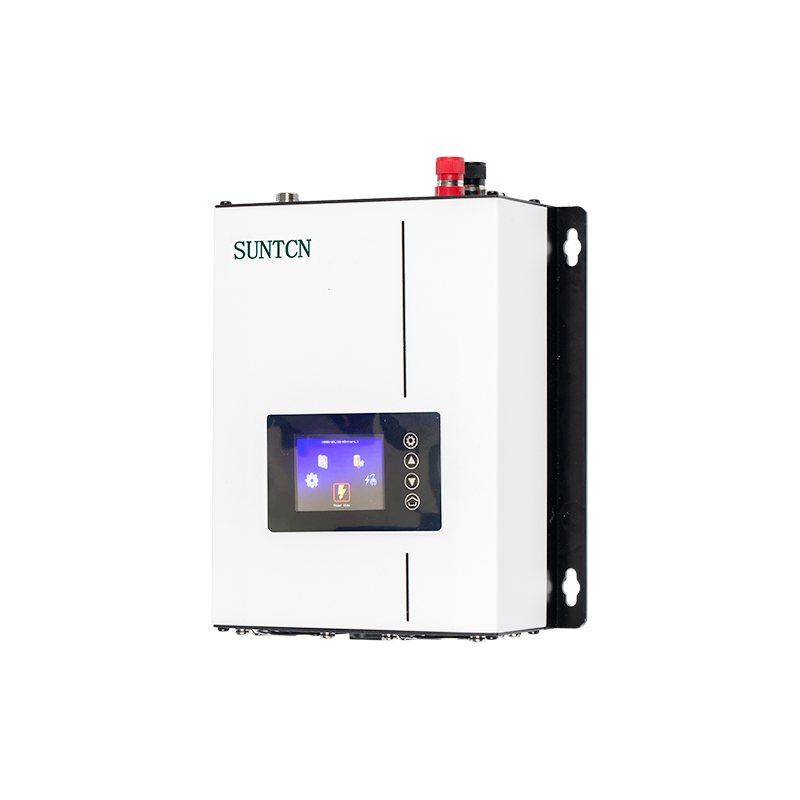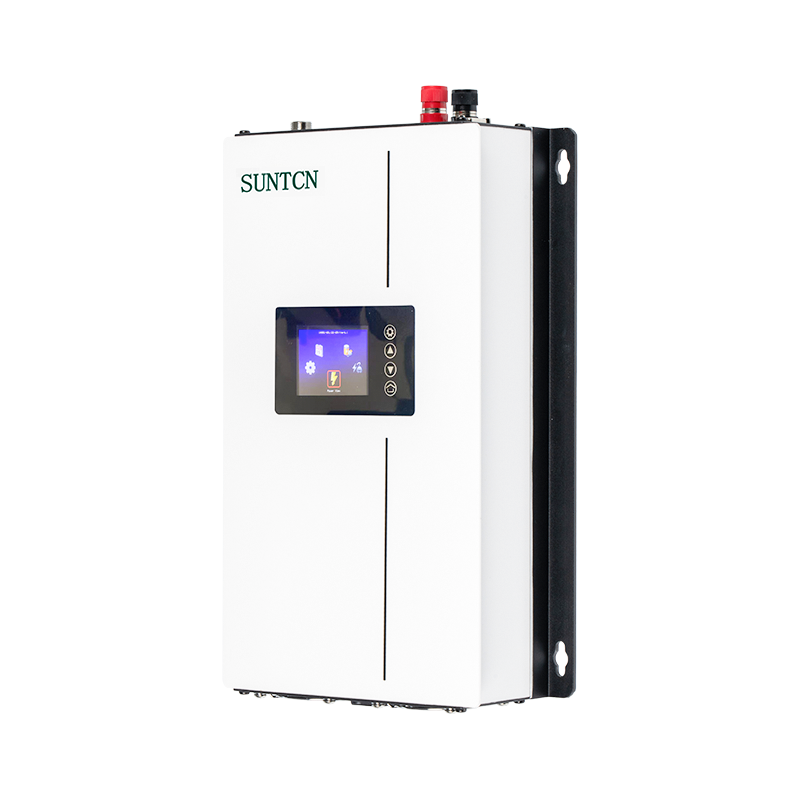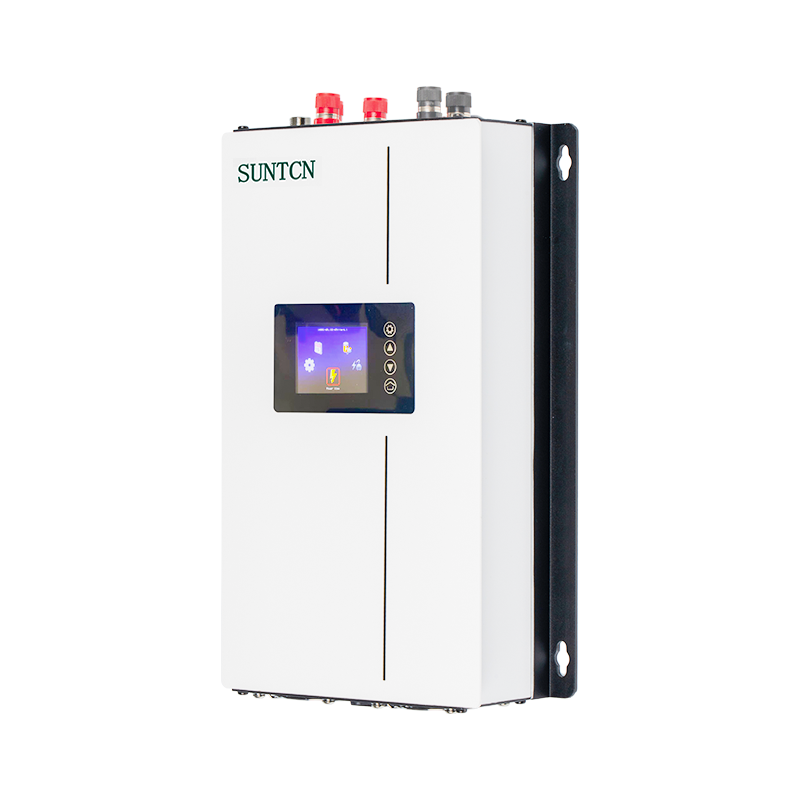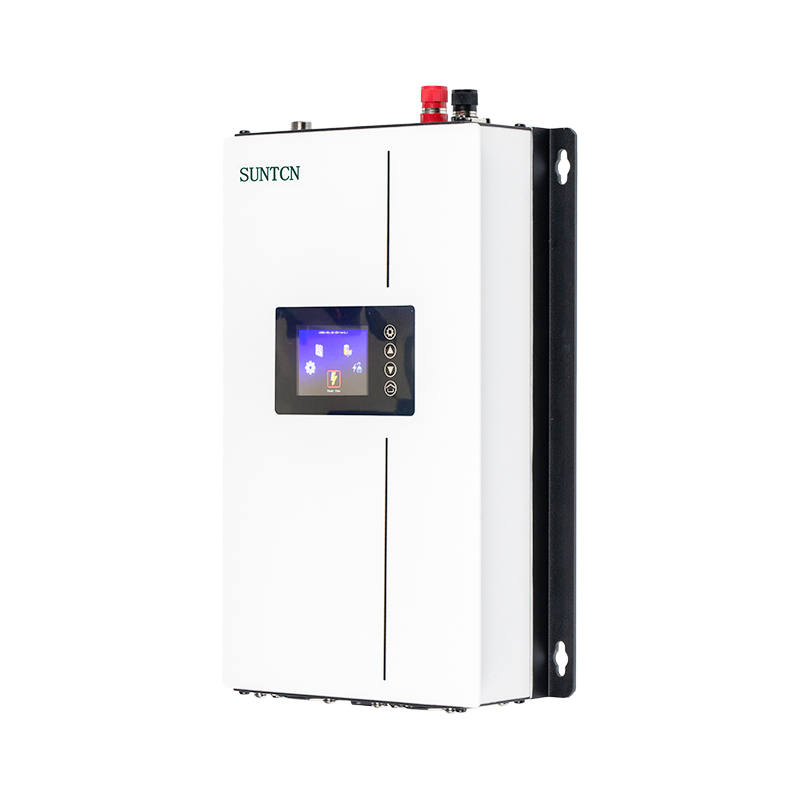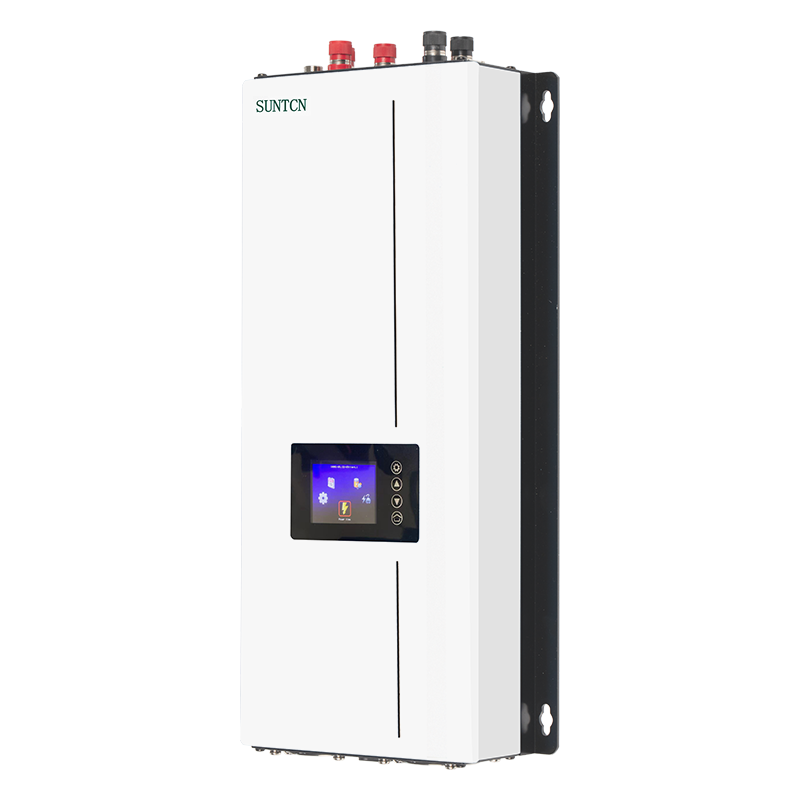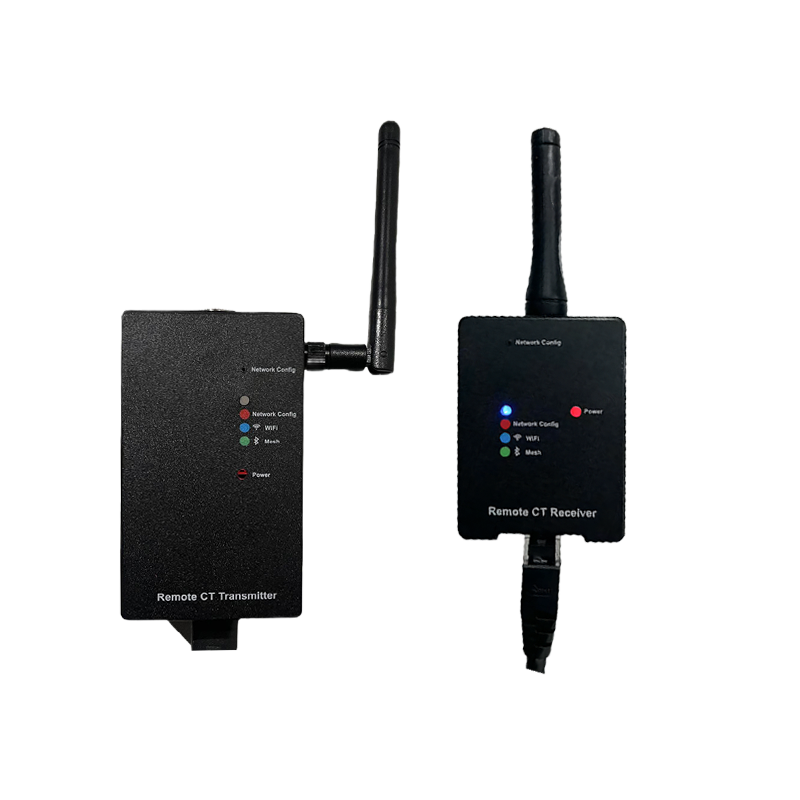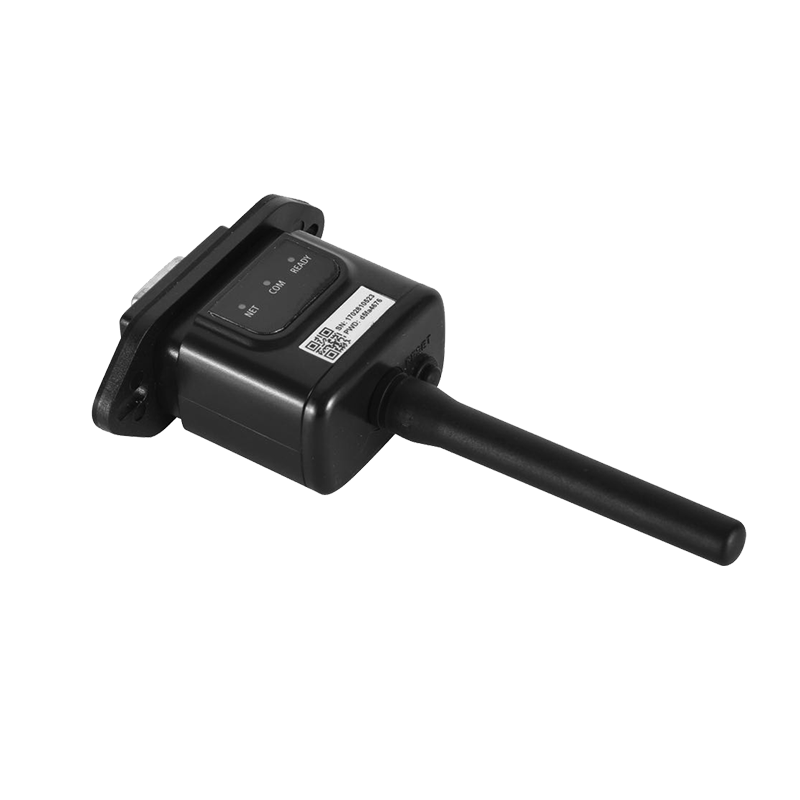With the rapid development of renewable energy today, wind energy has attracted widespread attention due to its clean and sustainable characteristics. Especially in the field of small and medium-sized wind power generation, the application of Wind-Turbine Grid Tie Inverter is becoming a core technology to promote grid connection of wind energy and achieve efficient utilization. This device plays a vital role in converting the variable frequency and variable voltage DC output of wind turbines into AC synchronized with the grid.
The electric energy generated by wind power generation is usually unstable DC or variable frequency AC, and its output changes continuously with the wind speed. The grid-connected inverter extracts the power point of the wind turbine at different wind speeds through the MPPT control algorithm (maximum power point tracking), and then converts the DC into a 50Hz or 60Hz sinusoidal AC synchronized with the grid voltage and frequency through the inverter module. Finally, through synchronous control technology, the efficient delivery of electric energy to the grid is achieved.
Technical features
Real-time grid synchronization: It can detect and track grid frequency and voltage fluctuations to achieve stable grid connection.
Intelligent MPPT algorithm: improves wind energy conversion efficiency and keeps the system working in the state.
High conversion efficiency: the conversion efficiency of high-quality products can reach more than 95%, effectively reducing energy loss.
Multiple protection mechanisms: including overvoltage, overcurrent, overheating, islanding effect detection, etc. to ensure system safety.
Remote monitoring function: many modern inverters support communication methods such as Wi-Fi/RS485, which can realize remote data monitoring and fault warning.
Application scenarios
Family-type small wind power generation system: suitable for residents in rural or remote areas to generate electricity and connect to the grid independently to reduce electricity costs.
Enterprise distributed power generation system: factories or farms install wind power systems to achieve green production and energy conservation and emission reduction.
Wind-solar complementary power station: cooperate with solar inverters to jointly support the operation of microgrid systems.
Government or community-level wind power projects: centralized small wind farms are connected to the urban power grid through grid-connected inverters to increase the proportion of renewable energy.
With the improvement of grid access standards for new energy and the development of smart grid technology, wind power grid-tied inverters are evolving in the following directions:
Higher reliability and durability design to adapt to long-term operation in harsh environments;
Stronger intelligence, integrated AI algorithms to achieve adaptive control and fault prediction;
Miniaturized and modular structure, easy to install, maintain and expand the system;
Multi-energy complementary support, seamless collaboration with energy storage, electric vehicle charging systems, solar energy, etc.
In the context of achieving the "dual carbon goals" and promoting the transformation of energy structure, Wind-Turbine Grid Tie Inverter, as a key device for wind power generation to be connected to the grid, is playing an increasingly important role. Whether it is an individual user, an enterprise unit or a local government, choosing a high-performance grid-tied inverter is a key step to achieve green energy utilization and improve power autonomy and sustainability. With the continuous innovation of technology, it will occupy a more core position in the future clean energy system.
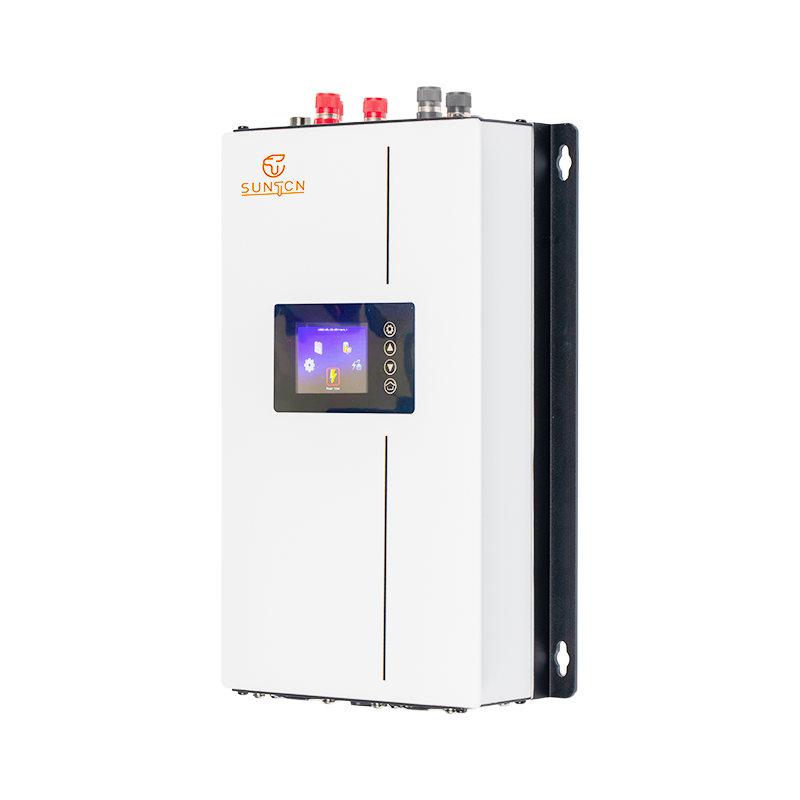

 English
English Español
Español Deutsch
Deutsch